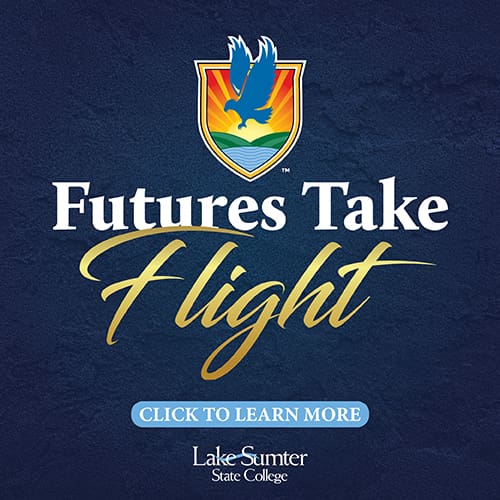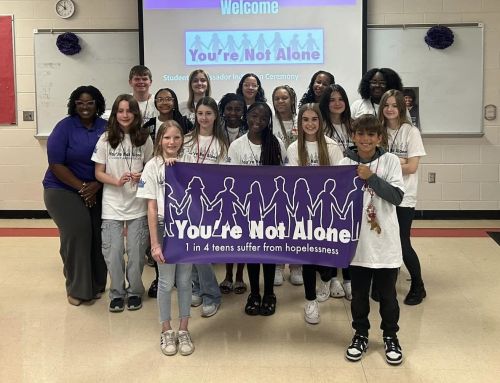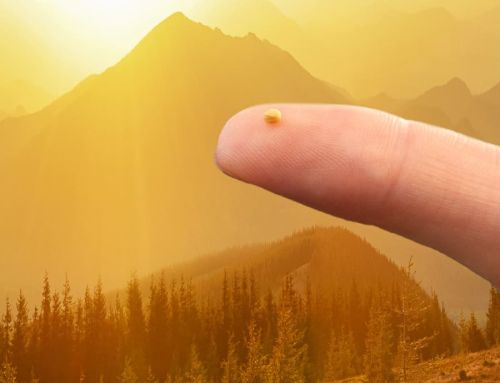By Mary Ann DeSantis
OUT+ABOUT: Cuba in Transition
Traveling to Cuba is hot, hot, hot… and it’s not the tropical temperatures we’re talking about. For half a century, the island has been forbidden fruit for U.S. citizens, but that is quickly changing as both governments move to restore relations.
The cranes protruded from the Spanish Colonial buildings like giant bugs’ antennae, and the rat-tat-tat of jackhammers filled the narrow cobblestone streets in Old Havana. An art gallery displayed new lithographs featuring the American flag while the old pieces with Soviet symbolisms were stacked elsewhere. The city is definitely getting ready for an invasion of Americans visitors.
Cuba has an allure for Americans that is hard to describe. Many are anxious to see a place that has been off-limits since 1961 when the U.S. broke diplomatic ties and closed the embassy. Others want to step back in time where vintage American cars dominate the roads and Internet access is limited. For me, visiting Cuba meant meeting the people and hearing in their own words how they felt about their neighbors to the north.
It was also an opportunity to see how the country had changed since my first trip there in 1991 as a journalist. That trip was mostly daily meetings filled with rhetoric from Fidel Castro’s government and very little exploration on my own. I saw decrepit buildings with no attempt to improve them and ate in government-run restaurants. What I most remember, however, were heartbreaking conversations on the sly with people who barely had enough to eat after the Soviet Union pulled out of the country.
Fast forward 24 years and I returned to find a country truly excited about its future… and a future that includes U.S. visitors. For years, tourists from Europe, Canada and Mexico have been able to explore Cuba on their own. But it’s the Americans that Cubans want most.
“You are American?,” an elderly man asked me as I took a photo of his shiny 1957 Chevrolet Bel Air on my second morning in Havana, the capital city of 2.2 million people. Before I could add anything other than “yes,” he grasped me in a bear hug and genuinely said, “Welcome to Cuba. We are so glad you are here.”
The reception was much the same for the 36 members of our group, comprised mostly of people from The Villages and Ocala. who traveled to Havana in May. We may have looked like tourists, but we could not be called that — at least not officially. We were on a people-to-people exchange, one of the 12 categories of authorized travel to Cuba by the U.S. Department of Treasury’s Office of Foreign Assets (OFAC). General tourism is not yet one of those categories. Currently, visitors must travel with an OFAC -licensed agency on charter flights and stick to a planned itinerary… in other words, no free time at the beach. My eight-day itinerary focused on visiting museums, schools, historic sites and cultural institutions.
A HISTORIC LINK TO FLORIDA
It’s easy for my baby-boomer generation to forget that Cuba, often called “the Pearl of the Antilles,” has a colorful and important history that began centuries before Fidel Castro established a revolutionary socialist state. The Spaniards founded Havana in 1515 to be the “strongbox” for the gold they accumulated in the New World. Explorer Hernando DeSoto was the first Governor of Cuba in 1536 and even left his wife in Havana when he set sail for Florida’s west coast.
Spain controlled Cuba for nearly three centuries before Havana fell to a British invasion in 1762. A year later, however, Britain swapped Havana for Florida, and Spanish rule returned until 1898. After Teddy Roosevelt and his Rough Riders defeated the Spanish at the Battle of San Juan Hill, Spain ceded control of Cuba to the U.S.
Today, the Spanish Colonial buildings in Old Havana survive alongside architectural influences from Great Britain, France and Italy. The people of Havana, called Habaneros, take pride in the exquisite architecture, which is a reminder that the nation once had considerable wealth. Unfortunately, that wealth evaporated after the 1959 revolution and many buildings fell into disrepair. Today, the Pearl of the Antilles may lack its luster, but with the help of UNESCO many historic gems are being restored.
The Plaza Vieja (Old Square) is a prime example of Havana’s transition toward becoming a tourism destination. Once in complete disrepair, the plaza is in the final stages of restoration with restaurants, boutiques, a photography museum and even a planetarium. Private enterprise is also creeping into the socialist state with many family-owned restaurants, known as paladars, throughout the country. The Cuban cuisine was prominently showcased during our journey, which included an evening at Havana’s Artechef Cooking School where we learned to make the perfect Mojito, considered Cuba’s welcome drink.
“After you spend a week here, you’ll see there are more things to keep us together than to keep us apart,” said Abel Contreras de la Guardia, our guide from Habanatur, the government-owned tour agency.
Indeed our group came away with hopes that we would each be able to return someday on our own. In the meantime, however, the U.S. embargo still exists (as of press time) and Cuba is still very much in transition. Even Cubans on the street admitted there aren’t enough hotel rooms for the expected onslaught of Americans. Many of the historic sites are government-run and access can be difficult without an experienced guide. Despite the paperwork and challenges of getting there, Cuba is definitely a pearl worth seeing.
KNOW BEFORE YOU GO
• U.S. Citizens traveling to Cuba need a valid passport and a visa. All travelers to Cuba, including religious workers, should contact the Cuban Interests Section in Washington to determine the appropriate type of visa required for their purpose of travel. In most cases, an OFAC-licensed agency will help you secure the appropriate visa.
• Don’t be tempted to visit Cuba through a third country, such as Mexico or Canada. U.S. travelers who fail to comply with Department of the Treasury regulations may face civil penalties and criminal prosecution upon return to the U.S.
• The currency system in Cuba is confusing. There are two types, but visitors must use Cuban Convertible Pesos, called CUCs. In May, the exchange rate was about 87 CUCs to $1. Supposedly, the Cuban government is working to unify its currencies this year.
• Take cash because there are no U.S. banks in Cuba and certainly no ATMs. We left our cash in the hotel safe and took only the amount of CUCs we thought we would need each day.
• Cuba is a tip society so plan to leave two or three CUCs at each meal and when you take someone’s photo.
• Pack all of the toiletries and medicines you will need, including toilet paper and hand sanitizer. Because such goods are in short supply, you may want to leave behind unused portions.
• Carry a few small items for children you may meet. I had pencils, small erasers, and lots of peppermints which came in handy when requesting photos.






























